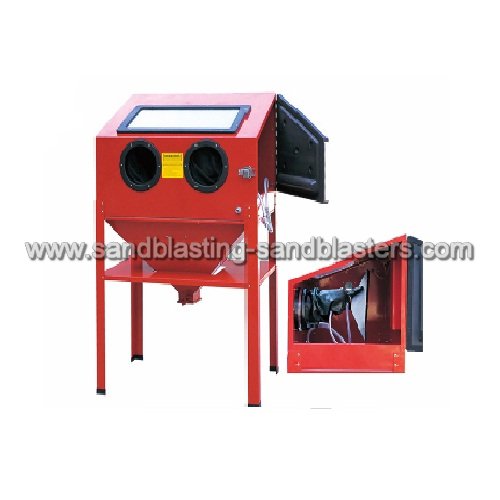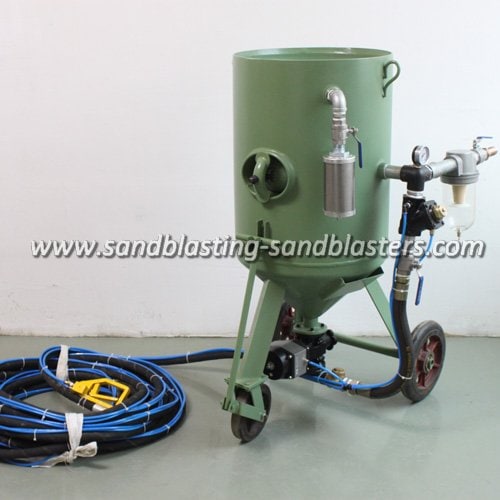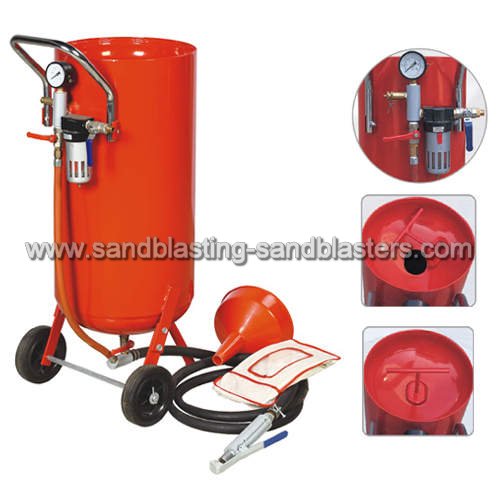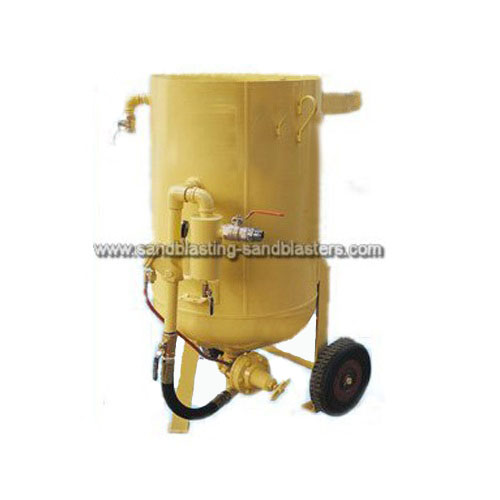What is abrasive sandblasting?
Abrasive sandblasting is the process of propelling sand at high speeds at an object to remove rust, paint, or other coatings. Other types of abrasive blasitng materials exist, such as beads or sodium bicarbonate, but abrasive sandblasting is the specific process of using sand to remove materials. A special machine is necessary to perform this process, and the user of the machine often needs to be trained to use the equipment safely and effectively. The user will also need to wear proper safety equipment, such as gloves, goggles, and a nose and mouth mask, since the sand can be harmful to one's health.
The process of abrasive sandblasting starts with prepping an area in which the blasting can take place. Sand will be propelled from the machine, which means it will be necessary for the user to protect the surrounding area. In some cases, the abrasive sandblasting process can be done in a contained environment that is well ventilated, thereby containing all the sand and debris. In other cases, it may be necessary to lay down a tarp or plastic sheet to collect the spent sand and protect other surfaces in the immediate vicinity.
Once the area is prepped, the machine must also be prepared for the abrasive sandblasting process. The user needs to make sure the machine is turned off and all valves are closed to prevent any accidental discharges of air and sand from the unit. Most sandblasting machines will accept up to 40 pounds (18.1 kgs) of sand at one time; the sand must be loaded first while the machine is turned off. Once the sand is loaded, the unit can be plugged in and charged. An air tank will provide the propellant force for the blasting process; this tank will feature a gauge that will indicate when the air has reached a sufficient pressure.
Once the machine is prepared, the air valve and sand valve can both be opened. The user will wield a nozzle with a trigger, and when the trigger is depressed, the sand shoots from it at high speeds. It should be directed at the piece of metal to be sandblasted, and the user should move the nozzle back and forth to prevent settling in one area of the piece. This can lead to scratching of the metal or other types of damage that can ruin the finished, blasted piece.
Feng Blast Recommendation:
Tags: FAQ







